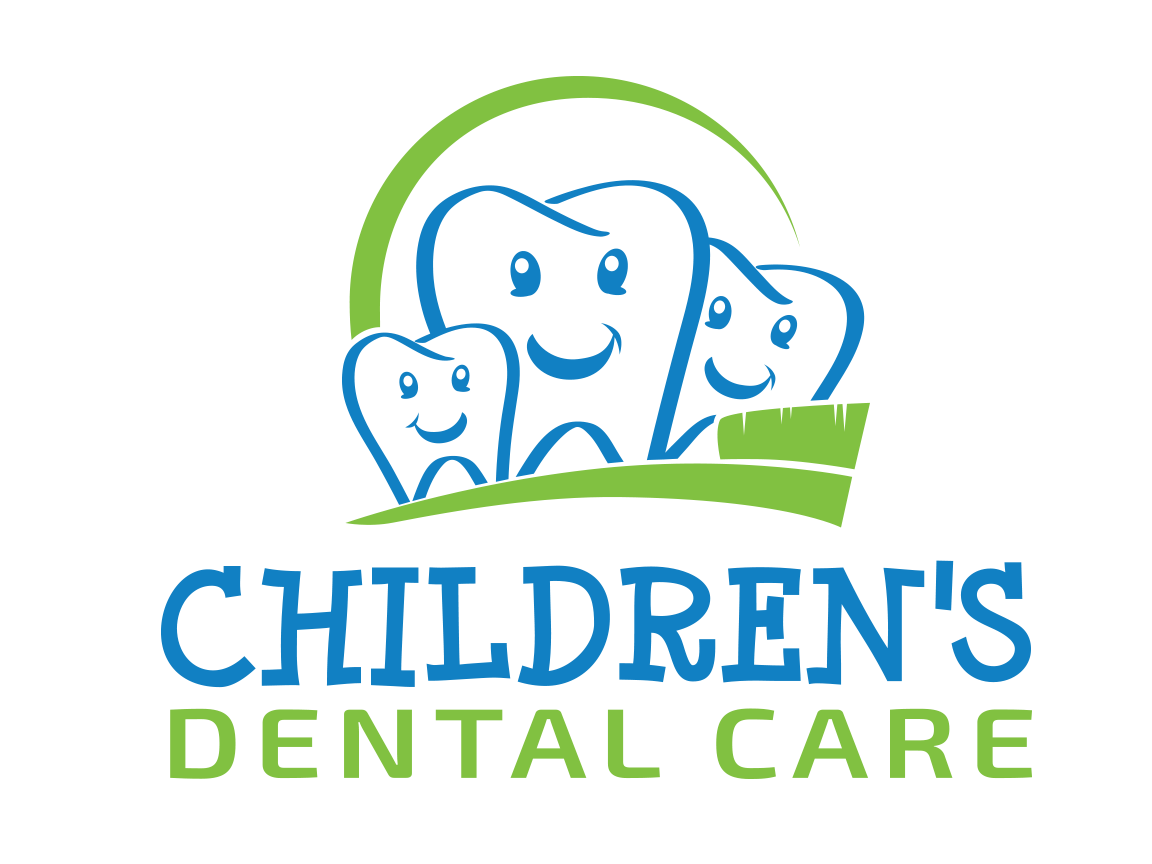Dental FAQs > Dental FAQs Category > Fluoride
Fluorides are a natural occurring trace element in most sources of water. Too little fluoride in your child's water will lead to a lifetime of unnecessary decay. Too much can lead to dental fluorosis. Fluorosis is a chalky white, yellow, or even brown discoloration of the permanent teeth. Many children often get more fluoride than their parents realize. Being aware of a child’s potential sources of fluoride can help parents prevent the possibility of dental fluorosis.
Some of these sources are:
-
Too much fluoridated toothpaste at an early age.
-
The inappropriate use of fluoride supplements.
-
Hidden sources of fluoride in the child’s diet.
Two and three-year olds may not be able to expectorate (spit out) fluoride-containing toothpaste when brushing. As a result, these youngsters may ingest an excessive amount of fluoride during tooth brushing. Toothpaste ingestion during this critical period of permanent tooth development is the greatest risk factor in the development of fluorosis. A very tiny pea-size amount of toothpaste should be used with this age group.
Excessive and inappropriate intake of fluoride supplements may also contribute to fluorosis. Fluoride drops and tablets, as well as fluoride fortified vitamins should not be given to infants younger than six months of age. After that time, fluoride supplements should only be given to children after all of the sources of ingested fluoride have been accounted for and upon the recommendation of your pediatrician or pediatric dentist.
Certain foods contain high levels of fluoride, especially: powdered concentrate infant formula, soy-based infant formula, infant dry cereals, creamed spinach, and infant chicken products. Please read the label or contact the manufacturer. Some beverages also contain high levels of fluoride, especially white grape juices and juice drinks manufactured in fluoridated cities.
Parents can take the following steps to decrease the risk of fluorosis in their children’s teeth:
-
Use baby tooth cleanser on the toothbrush of the very young child.
-
Place only a tiny, pea-size drop of children’s toothpaste on the brush when brushing.
-
Account for all of the sources of ingested fluoride before requesting fluoride supplements from your child’s physician or pediatric dentist.
-
Avoid giving any fluoride-containing supplements to infants until they are at least 6 months old.
-
Obtain fluoride level test results for your drinking water before giving fluoride supplements to your child (check with local water utilities).
Last updated on June 7, 2010 by Children's Dental Care





